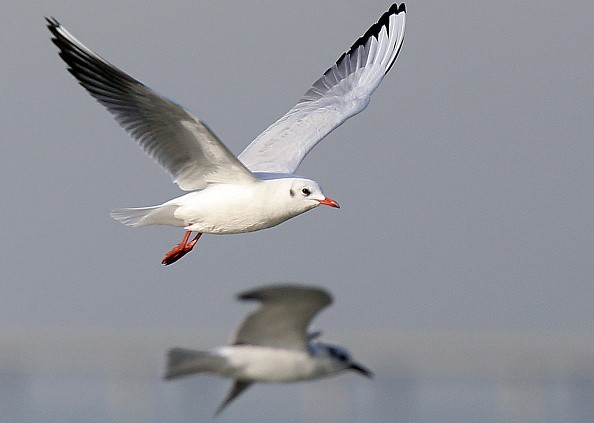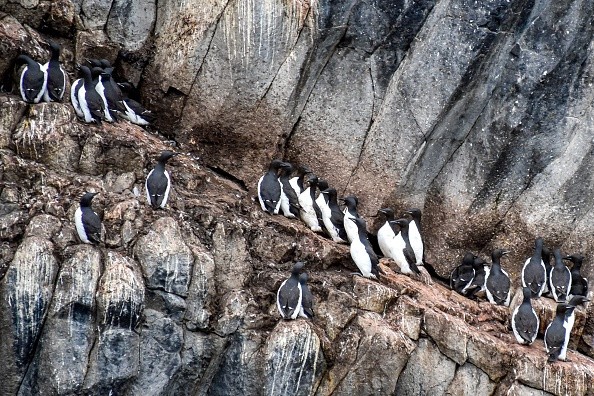Researchers have found that the population of South Georgia shag, an already rare Antarctic seabird is decreasing.
There have been large population declines at both Signy Island in the distant South Orkney Islands and Bird Island near the sub-Antarctic island of South Georgia in a census that lasted for 40 years, according to a new study.

Decline in Signy Population
One-third of the Signy population has vanished, while the Bird Island population has reduced by more than half. South Georgia shags are seabirds that build huge, pedestal-shaped nests on the cliffs of their home island., according to Phys.org.
They produce up to three eggs a year and eat a variety of fish that they capture by diving into the ocean. Since 1978, the number of South Georgia shags has decreased by 41 percent at Signy and by roughly 60 percent at Bird Island.
BAS has two research stations on the islands: Signy Island Research Station, which is only staffed during the summer, and Bird Island Research Station, which is staffed year-round.
A variety of seabird species, including as penguins, albatrosses, and South Georgia shags, are being monitored for an extended period of time at both of these sites.
Also Read : Caught on Cam: Researchers Horrifed as 'Vegetarian' Giant Tortoise Attacks and Eats Seabird
Monitoring Antarctic Seabird Populations
Mike Dunn, the study's lead author and a seabird ecologist, elaborated: "Identifying these declining population trends is essential for the effective future conservation of this species.
The majority of the world population of South Georgia shags are located in the South Orkney islands and South Georgia, including Bird Island. Consequently, continuation of the declines shown in this study will be of important conservation concern."
In order to better understand how the Southern Ocean Ecosystem is changing, scientists need to keep an eye on Antarctic seabird populations and their abundance.
To better understand how Antarctic wildlife responds to climate change, the Signy and Bird Island South Georgia shag population studies provide a useful backdrop for other regional ecological studies.
Identifying the mechanisms that are causing these large population shifts in these significant seabird communities is the next step in the research process.

Adaptation of Polar Seabirds
Polar seabirds have developed a countercurrent heat exchange mechanism to keep their feet from freezing in their harsh habitat. In addition to the snow petrel, Antarctic petrel, and south polar skua, all the species in this stamp issue breed in very high latitudes and three of them have been reported visiting the Geographic South Pole.
In the austral summer, when there is sufficient food in coastal seas and 24-hour sunshine, a seabird may flourish in Antarctica. However, in the austral winter, when there is harsh cold and darkness, a seabird cannot survive. Non breeding season is a time of year when many birds migrate to warmer climates.
In the group Procellariiformes (tubenoses), which includes the snow petrel, Antarctic petrel, and southern fulmar, foraging expeditions of 100s and often 1000s of kilometers away from colonies during breeding have developed unique adaptations.
Adults can feed their chicks for lengthy periods of time because they create stomach oil from partially digested prey. Because most predators are avian, and oil causes feather matting, which reduces waterproofing and flying power, it is a great defense when regurgitated.
For more news, updates about seabirds and similar topics don't forget to follow Nature World News!
© 2025 NatureWorldNews.com All rights reserved. Do not reproduce without permission.





